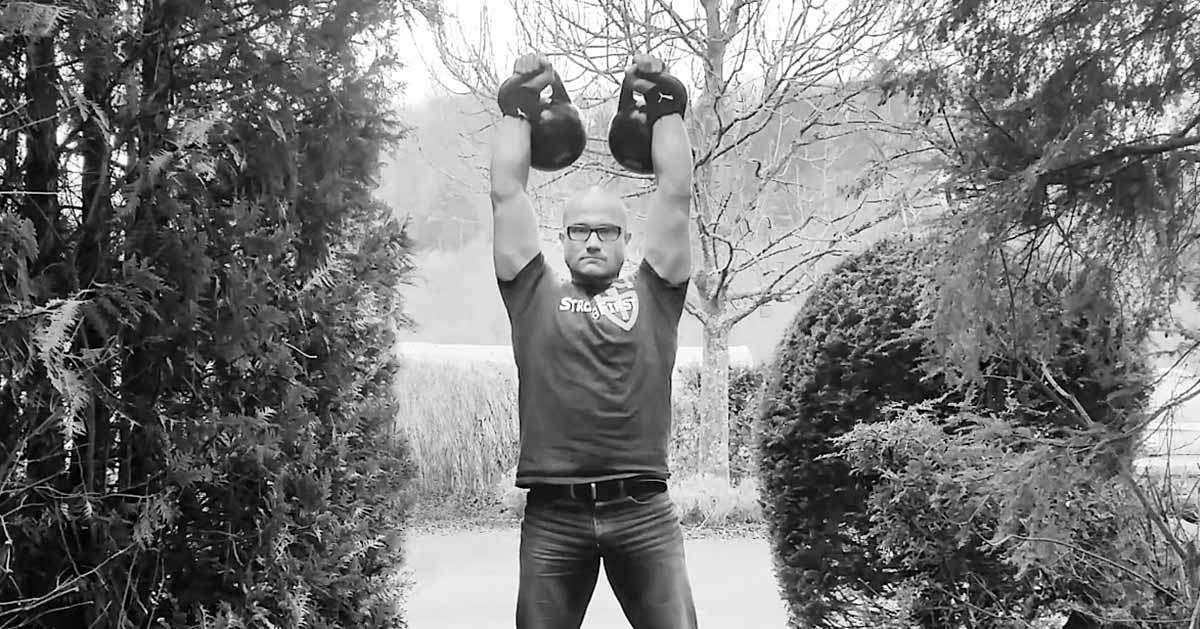This method, while it does not maximize the development of any of the above qualities—only a highly specialized method, not a general physical preparation one, could do that—it develops them to levels high enough to successfully compete in amateur sports, excel at physically demanding...
www.strongfirst.com
i wanted to report the last 6 months of training and ask the community for feedback and share the insights
started following this program with very slight modifications
2 days a week, 1 day volume with reps, 1 day focused on heavier weights and slightly lower reps
for example, day 1 might be 3 reps 24kg, 3 reps 24kg, 3 reps 32kg, top and bottom of the minute, repeated for up to 60 min(total of 360 reps)- always aerobic, following the strong first rule of 5
or 62 for 2 for up to 60 minutes-
i tried to keep some waviness with this, but always passing the talk test at :28 seconds and :58 seconds
day 2- strength
62 for 1, 70 for 1, 79 for 1 for 40- 50 minutes
depending on life, weather, other circumstances, i'll do anywhere from 30-70 minutes of this twice a week- i've worked up to C and J the 44kg bell for doubles in one of the #2 workouts- easy and repeatable
so... after 6 months, some observations
1) i'm never exhausted from this- it is totally aerobic, repeatable and scaleable- i haven't missed a workout and i'm always looking forward to this
2) my endurance with the C and J has gone through the roof- i've done up to 75 total minutes and charting my heart rate it basically stays well within the maffetone numbers (140-145)
3) absolute strength has gone through the roof- i can easily clean and jerk a 110 pound dumbbell or the beast KB with almost no effort-
4) folks i'm training with are doing amazing- 14 year old boy, still young, easily C and J a 55lb dumbbell at 110 lbs... 16 y/o boy is banging out 3 reps with the 28kg kb in the #2 workout (a year ago couldn't hold a side plank)... training partner (father of the two boys) easily clean and jerks 90lbs for singles and is cranking out sets of 3 with the 32kg in these workouts- and he's jumping like he was 18 years old (his words!)
5) today, after not really snatching in a while, at the end of a general workout- did the RKC/Strongfirst 100 rep snatch test w/ the 53 in 3:22- tired but not exhausted or blown up
i've not seen anyone else report their experiences with this
i'm 47 years, old, former college rower, much more aerobic based than naturally powerful- but i'm feeling bulletproof and the folks i'm training with- young and "old" are seeing massive gains
thanks Pavel for such a brilliant program- i'm imagining that if i can do some kind of variation of this for the next 10 years, my 60's and beyond will be quite fruitful

